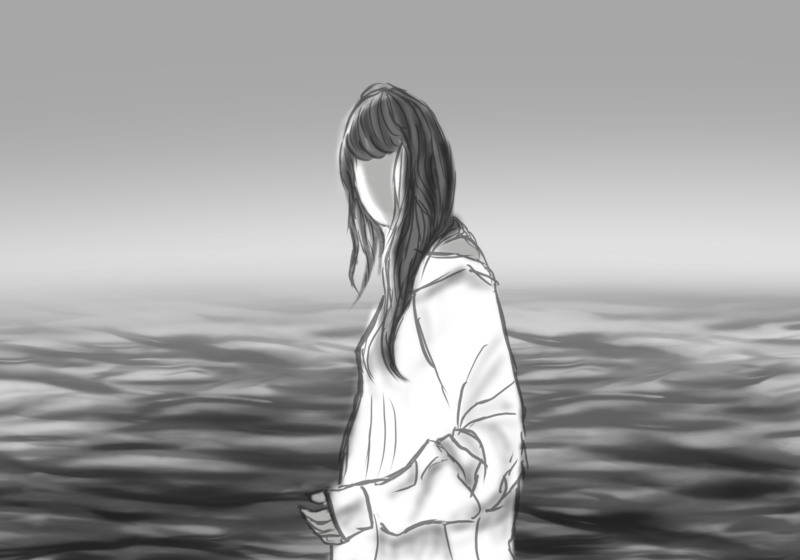Do you need an escape from upcoming deadlines? Do you want to leave the brick prison of campus? Do you just want something to do on a Tuesday night? Go to the cinema!
As I walked into the George Eastman Museum’s Dryden Theater, I felt as though I had stepped into a time machine. On the way to the traditional, old-timey box office, tons of vintage movie posters like Harold Lloyd’s “For Heaven’s Sake” and Carl Laemmle’s “The Cat and the Canary” line the walls. It’s primed for viewers to take in all the posters — and even snap a few pictures. However, the real attraction is the theater entrance. I walked into a beautiful plum-colored theater with a luscious, luxurious golden velvet curtain and plush maroon seats. It felt like I was on Broadway. As everyone took their seats, an older gentleman who looked like he walked straight out of the1920s spoke to all of the attendees.
Normally, Philip Carli is the pianist who plays all of the live accompaniment for the films shown at Dryden. However, “The Barker” has music synchronized with the film, so Carli was tasked with giving the audience a historical background of the film we were seeing. Carli’s British accent was entrancing to me, and his wide breadth of knowledge about the background of the film made it feel as if I was transported to the time and place of “The Barker” before the start of the film.
The film itself, which was released in 1928, is considered a “part-talkie.” Before films included synchronized sound, films were played with live accompaniment, contained intertitles to add context, and some added sound bites. With the invention of synchronized sound, films slowly added talking dialogue in scenes sporadically throughout the film; these films were considered “part-talkies.”
“The Barker,” which delves into the lives of carnival workers, is the talking debut of all of the main cast. The film was revolutionary for the technology but also for the actors. My film experience consists of mostly talkies, so when I finished “The Barker,” I felt like I witnessed something brand new for the first time.
The experience I had at Dryden Theater was unlike any movie-going experience I have ever had. The music, the film, and the atmosphere itself were completely unique. Since viewing films has gradually been demoted to streaming services, especially since the pandemic, this has both increased the accessibility of film and stripped us of reliance on a social experience to watch a movie — one that attending “The Barker” reminded me of.
‘Barbenheimer,’ a phenomenon that contrasts the stark differences in the recently released movies “Barbie” and “Oppenheimer,” allowed us to return to the movie-going adventure. Finally, everyone wanted big screens and surround sound rather than the tiny screens in bedrooms. More importantly, we were all able to interact with a piece of content alongside other people. Barbenheimer brought back the pastime of going to the cinema — one that I think we should continue to indulge in. I say we take a page out of the 1920s playbook and return back to the cinema.
The George Eastman Museum hosts silent movies every Tuesday and offers a student discount with URID.





